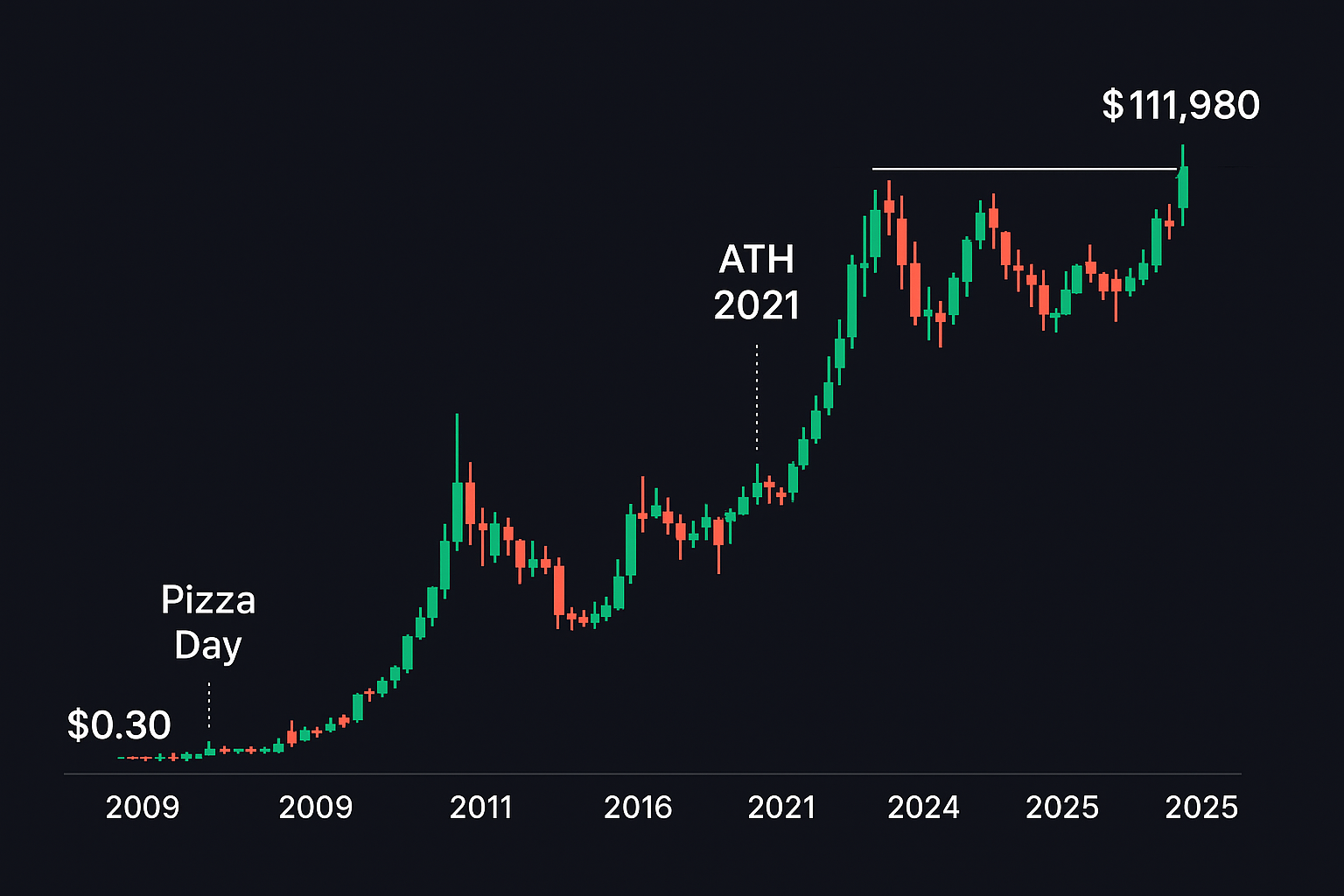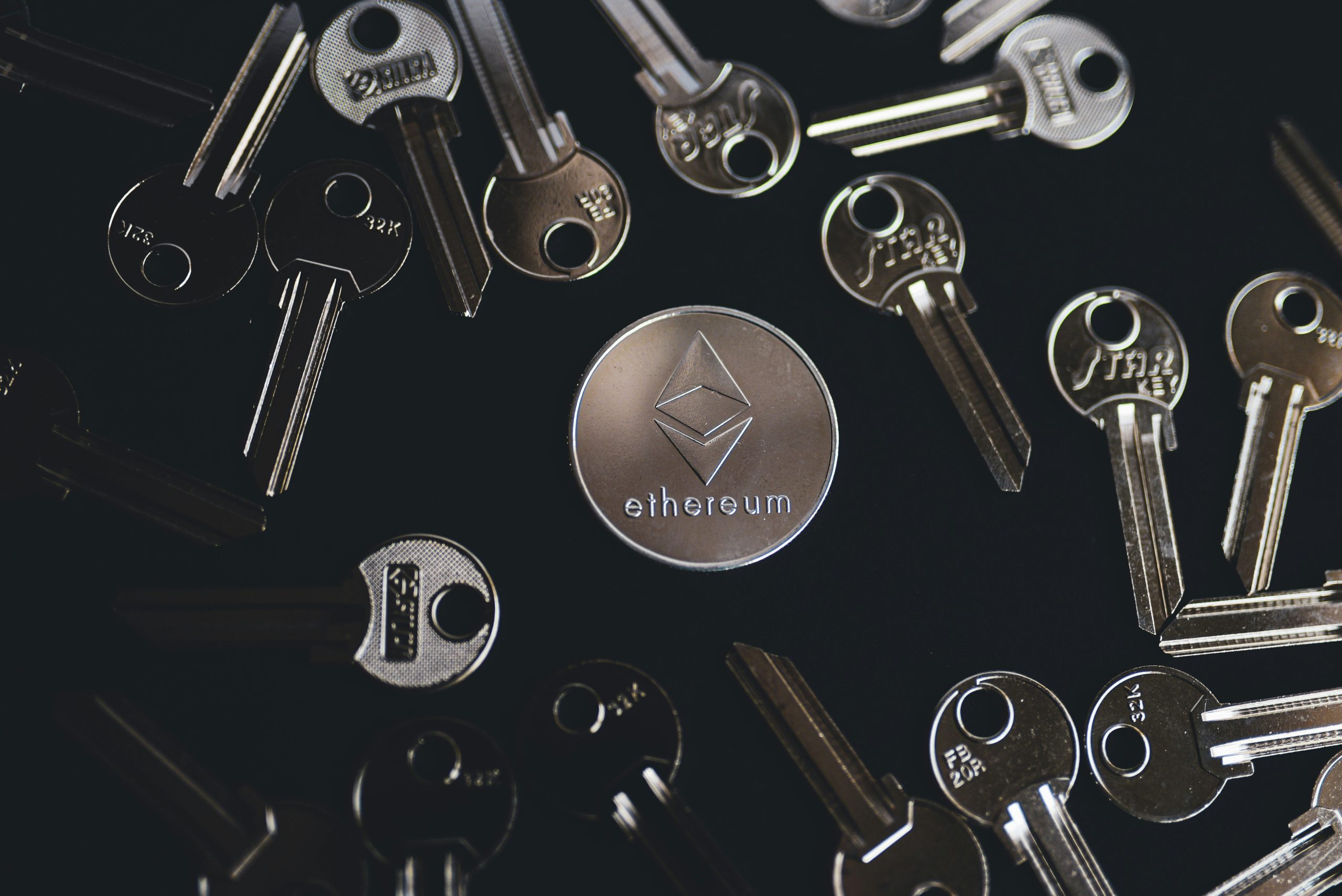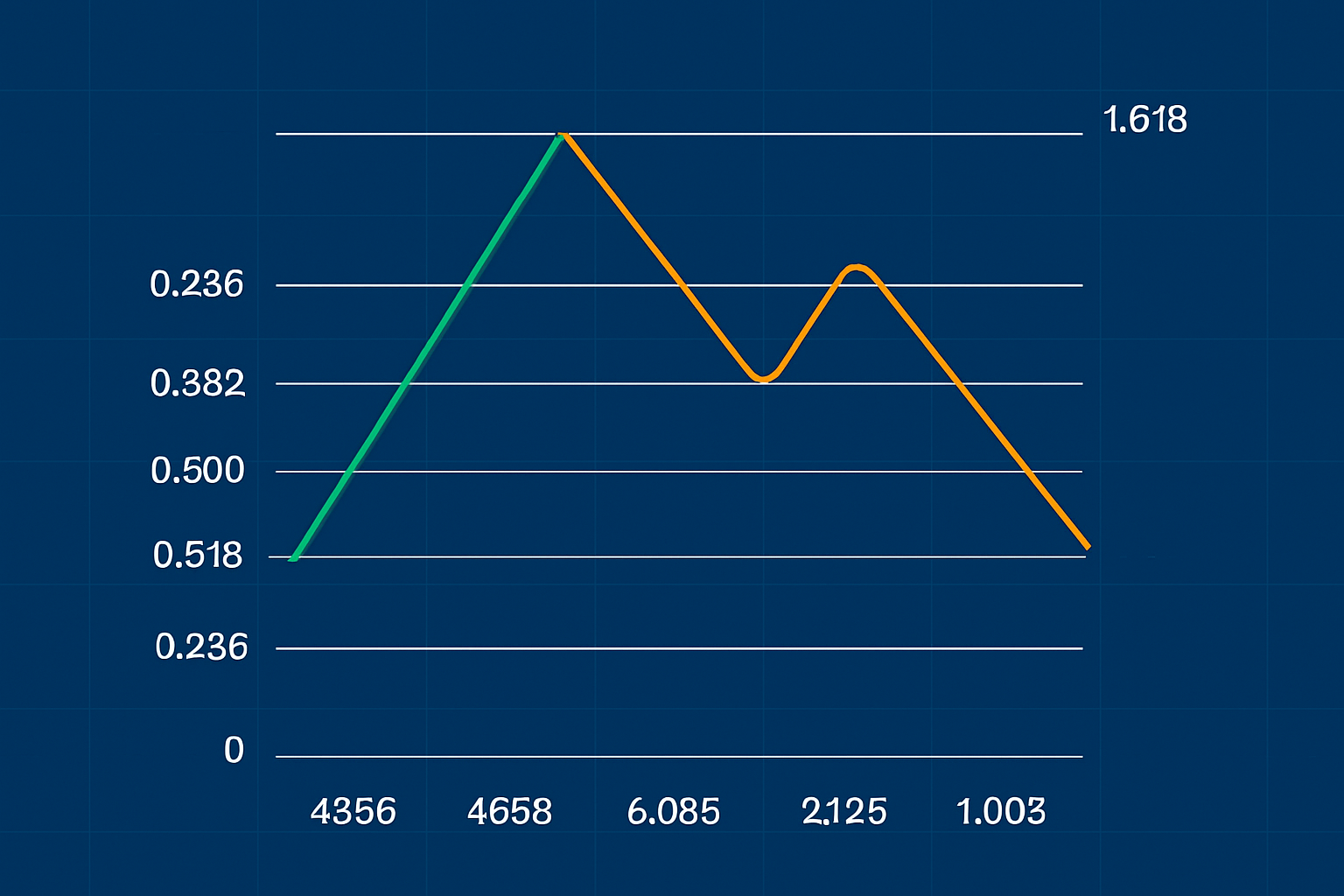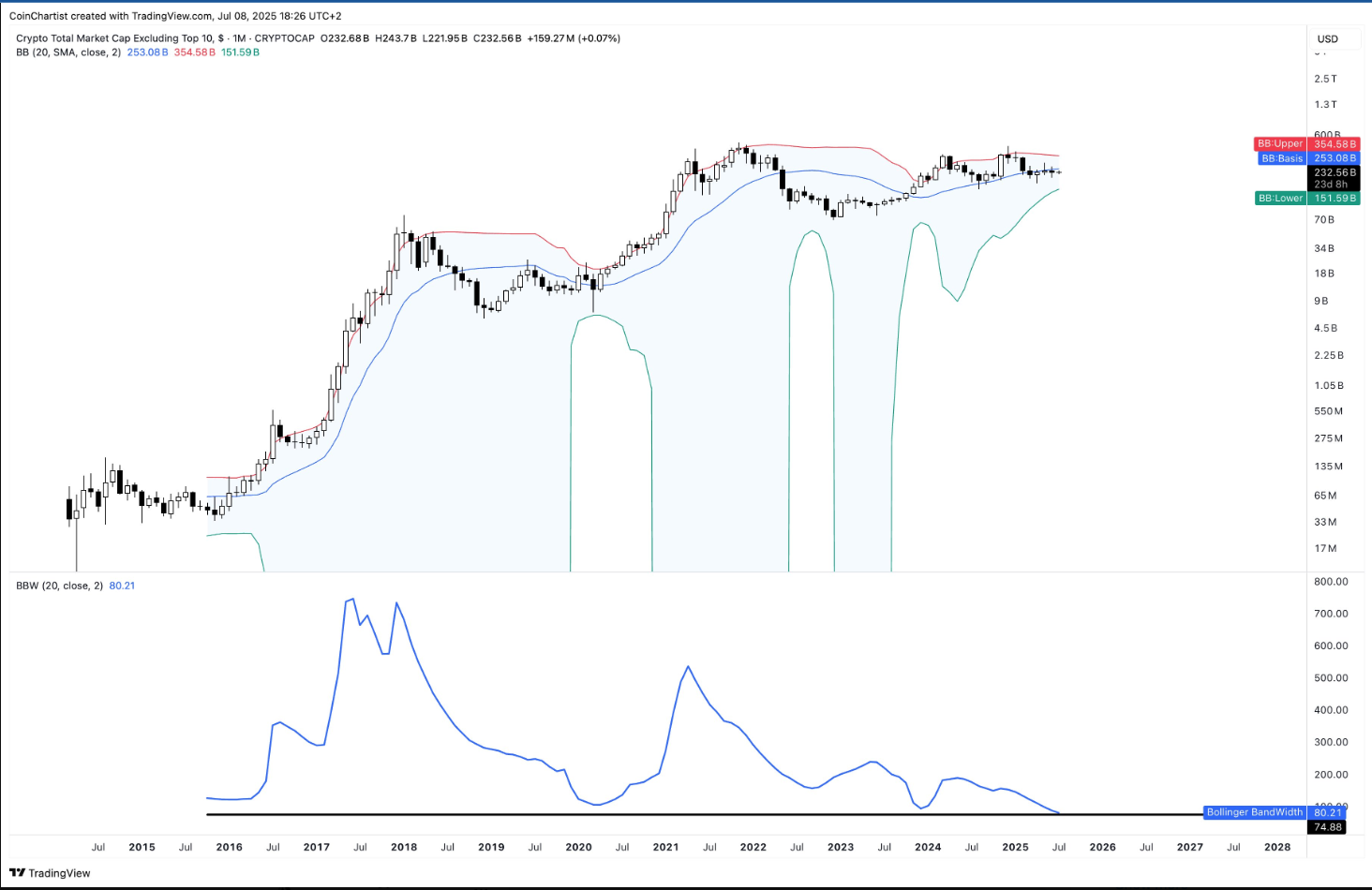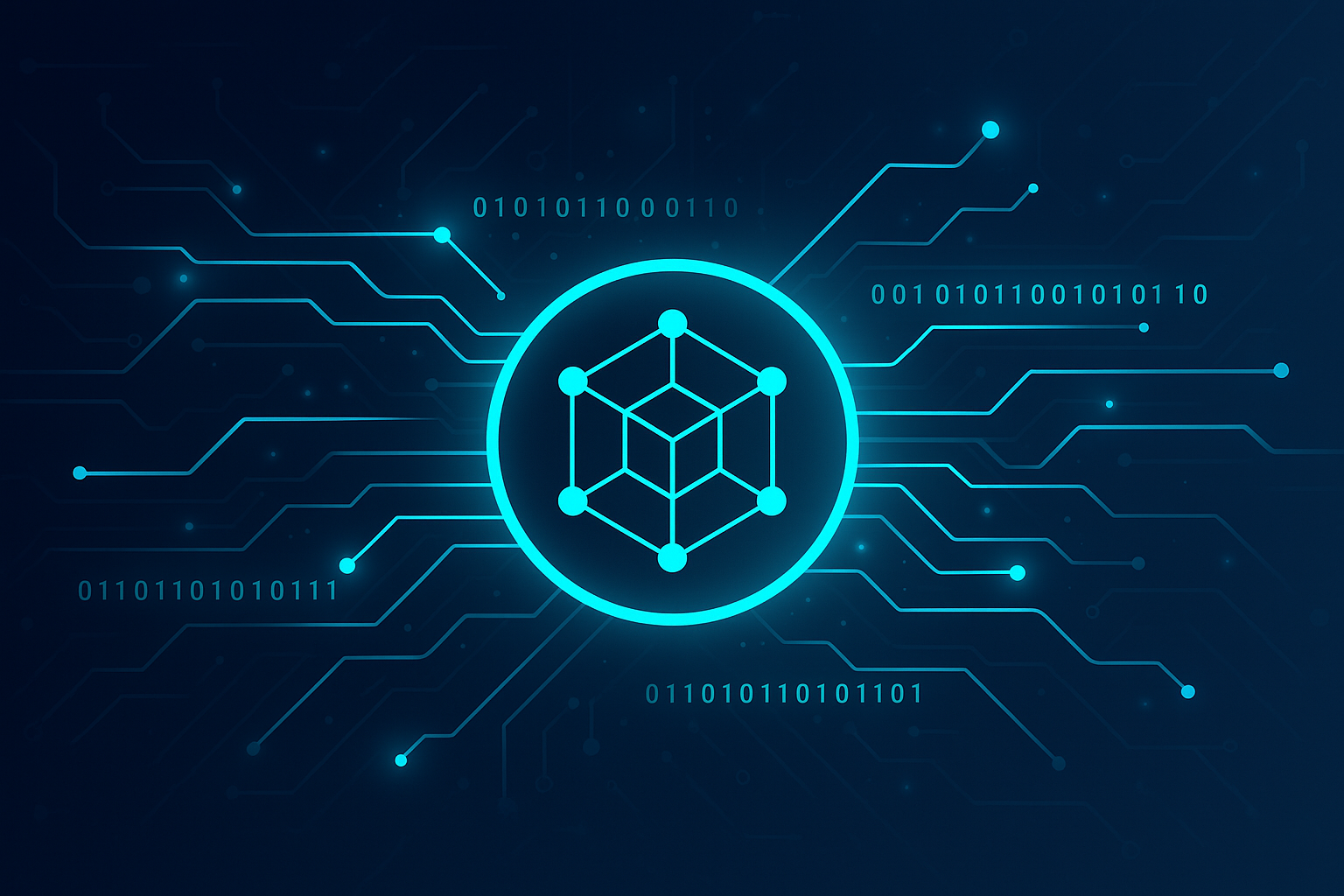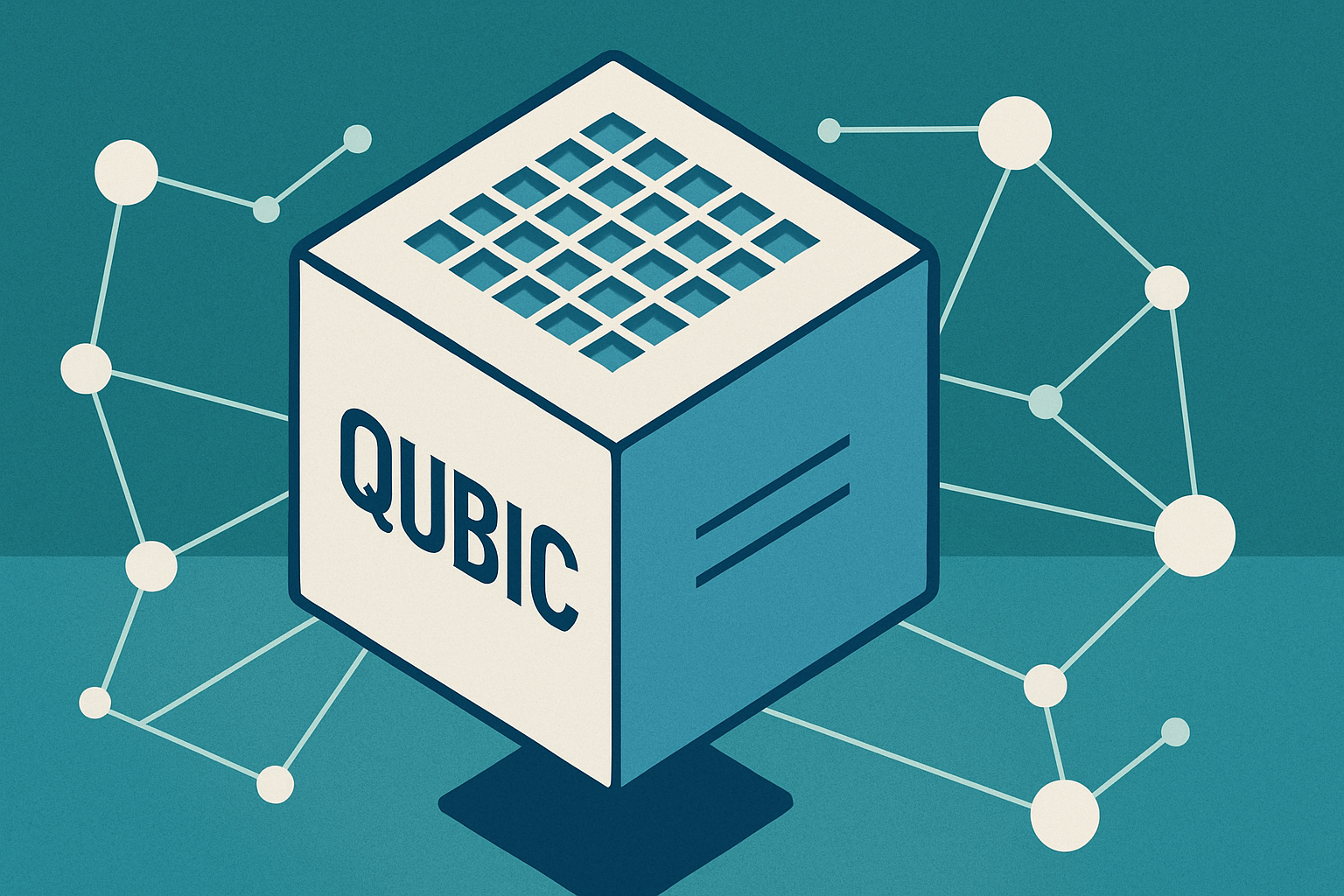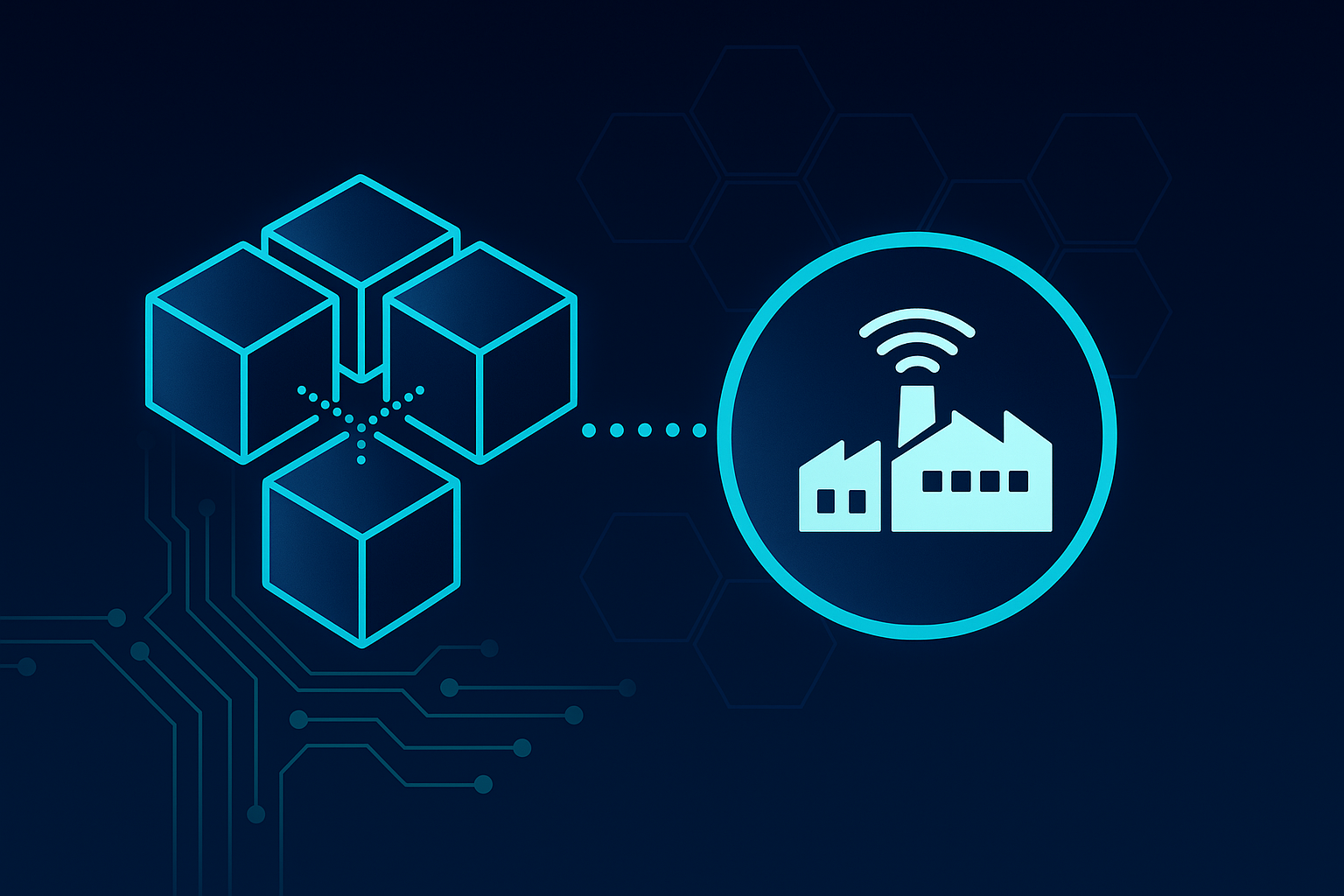Key Takeaways
-
DePIN stands for Decentralized Physical Infrastructure Networks, which extend blockchain’s decentralization principles to real-world infrastructure.
-
Combines blockchain and IoT to build autonomous, secure, and transparent systems.
-
Offers enhanced security, efficiency, transparency, and economic empowerment through token incentives.
Introduction
From finance to art, blockchain has transformed countless sectors of the digital economy. But the next frontier is the physical world. Enter DePIN—Decentralized Physical Infrastructure Networks. These systems aim to decentralize critical real-world infrastructure like energy grids, supply chains, and transportation networks, making them more transparent, efficient, and accessible.
What Are Decentralized Physical Infrastructure Networks?
DePIN refers to the integration of blockchain technology with physical infrastructure. Instead of central institutions running our energy, transport, or data systems, DePIN proposes community-powered networks. These systems run on blockchain and IoT technologies, allowing them to function autonomously and transparently.
Key Areas Where DePIN Can Be Applied:
-
Energy Grids
-
Supply Chains
-
Telecommunications
-
Transportation Systems
-
Data Storage
-
Real Estate
How DePIN Works
DePIN relies on two main technologies:
1. Blockchain:
Acts as a secure, tamper-proof ledger where all transactions and interactions are recorded. This ensures transparency, accountability, and trust across the network.
2. Internet of Things (IoT):
Devices like sensors and smart meters collect and exchange data in real time. These devices connect to the blockchain, enabling seamless automation and smart decision-making.
For example, in a decentralized energy grid, smart contracts could automatically manage energy trading between households. Participants could also receive token rewards for contributing energy to the grid.
Why DePIN Matters
Security and Efficiency
By eliminating centralized points of failure, DePIN systems are more resilient against cyberattacks and corruption. Blockchain cryptography adds another layer of defense.
Transparency and Traceability
In supply chains, every transaction—from raw materials to the final product—is recorded. This reduces fraud, ensures authenticity, and increases consumer trust.
Democratization of Resources
DePIN allows individuals to produce, consume, and trade resources—like energy—without relying on centralized entities. This model fosters a peer-to-peer economy that empowers users.
Economic Empowerment
With tokenized incentives, users can earn cryptocurrency for participating in the network. This encourages engagement and creates income opportunities, especially in underserved regions.
Examples of DePIN Projects
Filecoin
Offers decentralized data storage. Users rent out unused hard drive space in exchange for crypto rewards, ensuring data is safely distributed and redundant.
Render
Provides decentralized GPU rendering. It connects idle GPU owners with artists and developers who need cloud computing power for rendering graphics and 3D content.
The Graph
Enables decentralized data indexing and querying for blockchains. Developers can access organized on-chain data to power decentralized apps (DApps).
Challenges and Future Outlook
Despite its promise, DePIN still faces hurdles:
-
Regulatory uncertainty
-
Scalability limitations
-
Complex integration with legacy physical systems
-
User adoption
However, as IoT and blockchain evolve, DePIN solutions are expected to become more scalable, user-friendly, and impactful. Projects will likely attract investment, partnerships, and governmental interest.
Closing Thoughts
DePIN is redefining how we interact with tangible infrastructure. By combining blockchain and IoT, it offers secure, decentralized, and efficient alternatives to legacy systems. From earning tokens for sharing storage space to trading solar power with neighbors, DePIN empowers individuals and decentralizes power in the most literal sense.
As the world increasingly embraces decentralization, DePIN might be one of the most transformative applications yet—bridging the gap between the digital and physical worlds.



